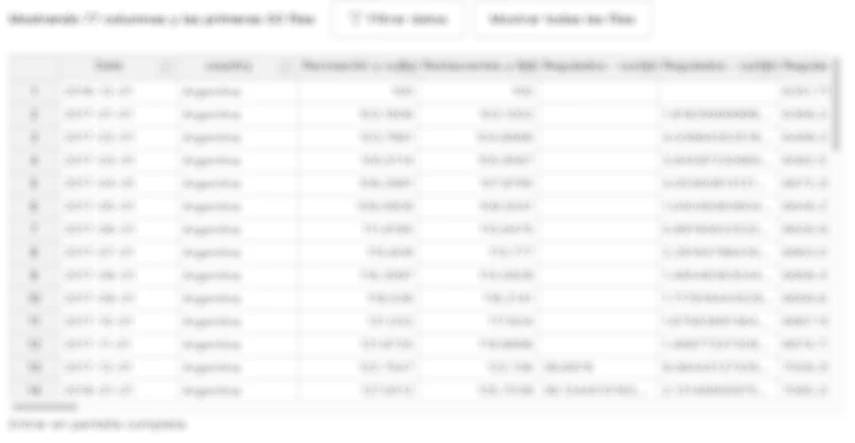ECI Country Rankings (Observatory of Economic Complexity (2016) and the Atlas of Economic Complexity
Published byalphacastinOur World In Data (OWID)
Last update 2023-03-04
Dataset Information
Data available from 1964-01-01 to 2016-01-01- Source: Our World In Data
The Economic Complexity Index takes data on exports, and reduces a country’s economic system into two dimensions: (i) The number or ‘diversification’ of products in the export basket, and (ii) the quality, or ‘ubiquity’ of products in the export basket.
To measure these two dimensions, the ECI uses a cross-country export matrix. That is, a table with countries in the rows and product categories in the columns, so that each cell in the table shows the value of country-product exports. ...

Access all the content on Alphacast
Create a free account to access more than 4,500 datasets from over 350 sources, structured and ready to use.